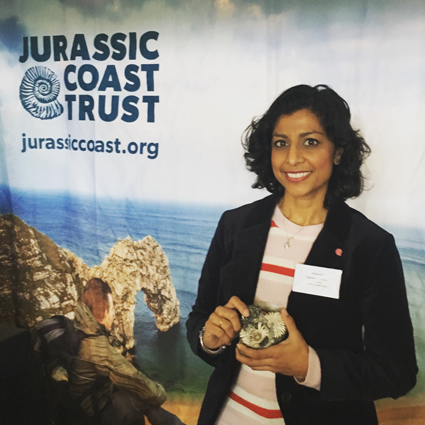
Activity: I am a Geographer
- Exploring the types of jobs GIS specialists do and the pathways they follow to get those jobs- Identifying the skills these geographers use in their jobs
- Understanding how these GIS related jobs relate to ‘real world’ geography
Timings: 20 – 25 mins
Head to the RGS-IBG’s ‘’ pages
These pages contain a huge bank of interviews with professionals from all areas of geography. Each profile contains the name and job title of a professional, as well as their picture. We provide a breakdown of what their job involves, the specific skills they have that are relevant for the role and also why they feel studying geography is important.
They can be filtered to show just careers in ‘Geospatial and Technological Innovations’.
Using the resources:
Profile 1: Richard Martin, GIS Analyst
Profile 2: Andrew Fielding, Flood Risk and GIS Analyst
Profile 3: Terri Freemantle, Senior Earth Observation Specialist
Profile 4: Patrick Rickles, Head of Business Intelligence and Spatial Data Science
Profile 5: Katie Hall, GIS Education Consultant
Split the class into five groups and give each group one of the career profiles.
Give each group 10 minutes (max) to read through their profile and make two bullet point lists:
1. List three things this person does as part of their job
2. List five skills this person mentions in their profile
Some groups may require some support in determining exactly which geographical skills the profiles are referring to, particularly if students are in KS3. Depending on your group, this activity may need to be done as a class with the profile on the board for all to read and the teacher highlighting the skills as you go along. In this case, 2-3 profile could be discussed as a class rather than all five.
Each group should then feed back to the class, telling the rest of the group about this person’s job and the skills they use to do their role, using the bullet points they have noted during their group discussions. As each group presents, the teacher should note the skills mentioned by each group on the board, so by the end of the activity there is a clear list of geographical skills employed by people working in GIS. This can be used as a summary plenary by the teacher to demonstrate what makes GIS a good career choice for geographers.
For teachers, there is a summary of what you might expect to hear regarding each career profile in the document 'GIS - I am a Geographer' (available below).
Micro-activity
Rather than making a whole activity out of these career profiles, teachers could use just one profile and embed it within lesson, for example as a plenary to show how GIS is used in the real world in relation to the topic they are currently teaching. An example of this may be Profile 2: Andrew Fielding, Flood Risk and GIS Analyst, who you might refer to following a lesson on reducing flood risk. Andrew uses GIS to determine and map where trees and woodlands should be planted in order to reduce surface run off. He has also used GIS to identify potential reservoir flood risk areas using data collected from scientific models. Teachers could read through the profile and provide a quick summary of Andrew’s job, what qualifications he has and his career pathway. It is important to emphasise to students how a professional uses their geographical skills in their job; in Andrew’s case having knowledge about what causes floods and how flood risk can be reduced and being able to understand that changes in one area can cause both positive and negative impacts in another area.
Taking this further
This activity could be taken further by following up with the ‘Job adverts’ activity, which looks further into what skills employers are looking for when they are advertising GIS or geospatial jobs and provides further information about job titles and wage brackets in this sector.
File nameFiles
File type
Size
Download